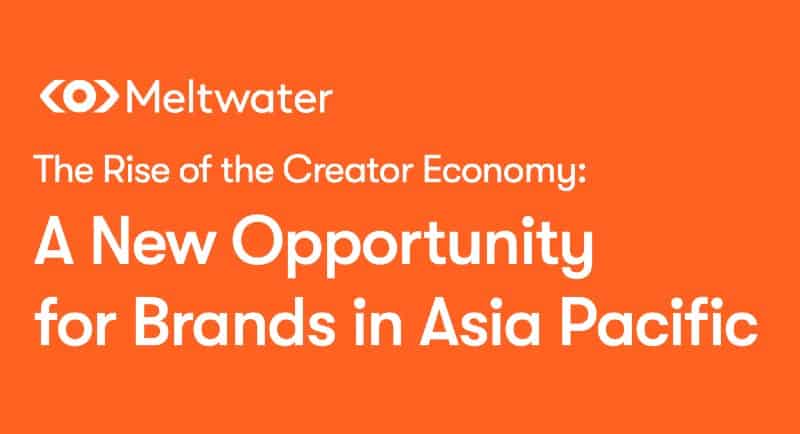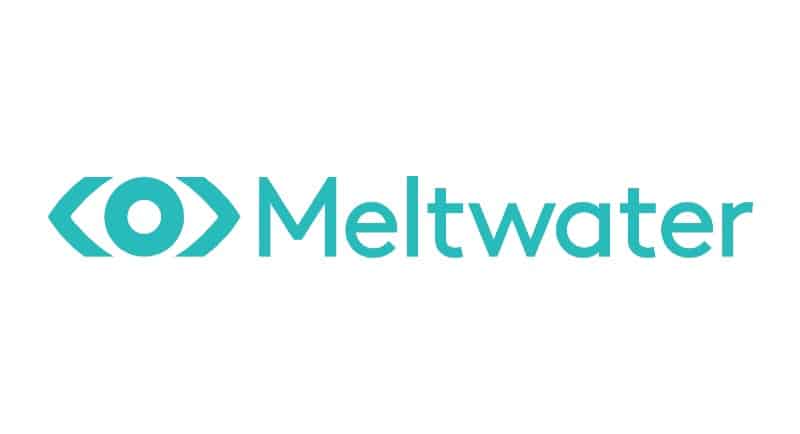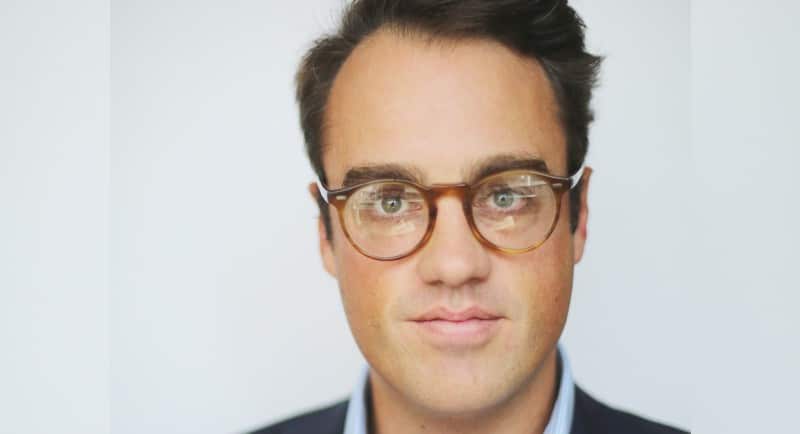Meltwater released its report, The Rise of the Creator Economy: A New Opportunity for Brands in Asia Pacific, exploring the content creator economy and its impact on consumer behaviour.
The creator economy is no longer a fad, the report noted. As a result of the pandemic, consumers became exposed to a vast network of communities, interests and influencers on social media.
David Hickey, executive director – Asia Pacific, Meltwater, spoke to Mediaweek about Australia’s thriving creator economy, how influencer advertising is taking over traditional formats, and the outlook for the creator economy in the year ahead.
The state of Australia’s creator economy
Hickey pointed out that the report found Australia has more than 400,000 content creators or influencers, with 18% of 83% of Australians on social media following one or more influencers.
“The content creator space is alive and well in Australia,” he said of the space.
Hickey noted that the data drawn from the report found partnering with content creators has increasingly become a critical part of an overall marketing campaign, from TV to social media.
Hickey explained the Meltwater analysis found that if a consumer has experienced content from an influencer before the campaign has launched, they’re 58% more likely to feel positive towards the advertisement and 47% more likely to remember it.
Hickey also cited their recent State of Social survey of their marketing clients, which found that many are working with content creators.
“We saw that 35% of the respondents said they were currently working with influencers and paying for the privilege of working with influencers, and 18% said they were looking to do so in the next 12 months.”
Hickey said that the numbers show influencer marketing and the creator economy: “is a mainstay of the marketing spend.”
“It is an important pillar to lean on when thinking about marketing campaigns, whether they be to drive more sales or towards brand awareness. I think influencers are equally important for brand awareness now, whereas before, they were mainly used to drive sales in a direct-to-consumer setup,” he added.
How the creator economy is shaping consumer behaviour
Hickey said that influencer partnerships were initially used to help with driving sales, reach and impressions on social campaigns.
“We’re seeing a significant rise in marketers and PR professionals leaning on influencers to drive more brand awareness.”
Hickey noted that influencers are breaking down the silo between marketing, PR and corporate communications and are equally important in those spaces.
There has also been a significant rise in micro-influencers, creators with 5K to 30K followers. He noted that 91% of all sponsored post engagements in APAC last year were from micro-influencers.
“While you might not typically think of micro-influencers when you think of influencers, we’re finding that they drive significantly more engagement than traditional or famous influencers.
Hickey also highlighted the growth and influence of TikTok in the last few years, and has seen a significant rise in the focus of influencers towards the platform.
“We found that the engagement rate on TikTok was 32 times the engagement of Facebook and four times greater than Instagram. So, it shows the power of that platform.
“You only need to spend a small amount of time on TikTok to see that many of these influencers are earning the title content creators. There’s a lot of brilliant content being created on TikTok, and it’s having a really big impact on audiences,” he added.
In addition to having a highly engaged group of followers, the cost of partnering with micro-influencers is much lower compared to famous influencers.
“For the cost of working with a famous influencer, you might be able to work with hundreds of micro-influencers at a time, and that’s what drives a greater ROI when it comes to impressions in social,” Hickey added.

The key to the rise of influencer marketing
Hickey said there was no stopping the rise and rise of influencer marketing and that it has the potential to take over traditional advertising as a result of the deep connection audiences feel with the content creators they follow on social media.
“They feel like they know them and are almost friends with them. They’re much more likely to buy products presented to them by these influencers.
“That sense of really knowing them, I think, makes advertisements that come through influencers much more powerful than a generic advertisement you would see on TV,” he added.
Hickey noted that a key to the success of the rise of influencers and influencer marketing has been the ability to cross different platforms.
“The analysis we did shows that if you’ve experienced content aligned with an advertising campaign from an influencer before that campaign is launched, you are 58% more likely to feel positive towards it and 47% more likely to remember it,” he said.
Hickey highlighted that for the same reason people are 80% to 90% more likely to buy a product that’s been referred to them by a friend, social media users are more likely to lean into an advertisement that’s been essentially referred to them by an influencer.
“I think that shows a real intersection between influencer marketing and traditional marketing. Increasingly, influencer partnerships will be an important pillar in all marketing campaigns,” he added.
The outlook ahead for the creator economy
The creator economy looks set to have a bumper year ahead, with further growth forecasted by Meltwater.
Hickey noted that in recent Meltwater survey on the State of Social by Meltwater with its clients and marketers, 35% of respondents currently work with and pay to work with influencers, while 18% plan to work with influencers in the future.
“That data speaks to the fact that there’s still considerable growth ahead in the influencer marketing space.
“Last year, in that same survey, only 16% of businesses said they were using TikTok as a channel. This year that’s now at 29%, and 47% said that they were going to be using TikTok in the following year.”
Hickey highlighted the meteoric growth of TikTok as a platform and said that Meltwater’s data suggests that the platform’s growth in Australia will only continue.
“For anybody looking to get started in influencer marketing or looking to allocate more budget towards it, there’s no arguing that TikTok needs to be a focus, as it has been a focus for us.
“We’re now tracking TikTok and helping our clients engage through our influencer marketing platform, Klear. But I think TikTok is a really important place to be,” Hickey added.
–
Top image: David Hickey

